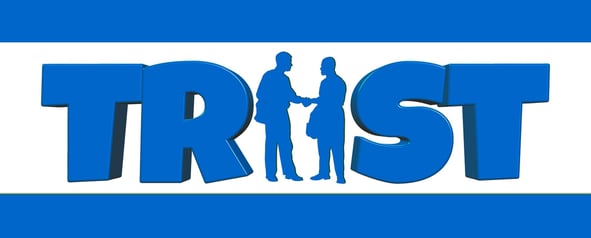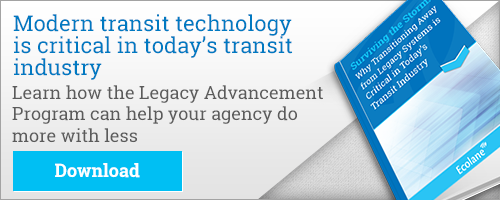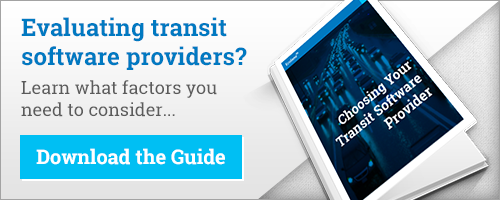Selecting any business software is always a formidable task. Mostly because there are so many great choices in today’s digital world, which is why you can be lulled to sleep or become overwhelmed with the incredible number of options, features, and various pricing models. When it comes to route scheduling software this is inherently true. Most agencies are looking to increase operational efficiency, boost productivity, and positively impact the bottom line. It is important to create a comprehensive strategy to select the right software and software provider. Poor planning and a bad strategy could actually cost you more money in the long term. To help ensure that you are selecting the most effective route scheduling software solution, use the following principles to assess the various software options and software providers.
1. Why are you looking for software?
This basis for the entire process of comparing and selecting the right software vendors is identifying what is lacking in your organization from an efficiency and operational aspect. For many transit agencies, the biggest hurdle that starts the search for modern route scheduling software is administrative burdens and overall operation inefficiency. Being able to provide customers with efficient communication, demand response, and effective route scheduling is paramount to the success of agencies of any size. From the organizational side of things, the same rings true. Being able to eliminate manual entry and operational hurdles for business is why many are looking for modern route scheduling software to replace existing software.
.png?width=792&name=Untitled%20design%20(14).png)
2. Vendor Trustworthiness
Knowing who you’re buying from is just as important as knowing what you are buying from them. Make sure that the vendor you are working with is credible, reliable, and recognized for business integrity. You don’t ever want to get stuck in a contract with an organization that doesn’t have your best interest in mind. You should be able to consider the contractual relationship as more of a partnership than the former. Take a look at the organization’s business history for things like how long have they been operating or how many clients they have. This can tell you a lot about the longevity of the business and in turn can help make a better decision at the end of the day.
3. Reliability and Agility
On the flip side of being able to trust the organization as a whole, you need to take a look at how reliable their software truly is. Read through testimonials and case studies to see the effectiveness of the system and if there are any pain points with integration or ongoing technical issues. Once you identify these issues or lack thereof, it is good to find out how quickly these issues can be resolved. No two software applications are created equal, which makes it vital to have a deep understanding of potential hardships and pain points of each individual software system.

4. Implementation
When you think of technical issues, the most apparent and meaningful problems often come up with implementation processes. Some vendors offer a comprehensive onboarding and implementation process to eliminate these paint points while others can leave you hanging out to dry to figure things out on your own. Many of the implementation process offerings come at an additional cost but can be invaluable when it comes to creating a smooth transition from your existing software.
5. Support
Diving deeper into the matter of technical issues brings us to technical support and the processes that the software companies offer for resolving said issues. Again, technical support may come at an additional cost for some software but knowing that you have the option to get on the phone or work through technical problems with an expert through email to resolve the issue is extremely valuable. Make sure to get a firm understanding of what the technical support opportunities are for each software that you are considering.
6. Pricing
Looking at add-ons like implementation assistance and technical support can create a daunting picture when it comes to pricing the entire package for your new software. When reviewing all vendors and all product offerings from a pricing standpoint, it is essential to remember that purchasing multiple applications at a cheaper cost isn’t necessarily cheaper than purchasing one software system that includes all of the application offerings.
7. How Will You Measure the Return on your Investment?
Lastly, once you have a clear picture of the software offerings and price points for each vendor in your comparison strategy, you need to evaluate which one will be the most cost effective and can effectively improve your operational efficiency and productivity the most. Think about how you will define your return on investment before making your final decision. Essentially, you are making a decision on which of these products is the best fit for your company’s goals, culture, and budget
To learn more about the decision-making process for route scheduling software providers, download our free eBook, “Choosing Your Transit Software Provider”.
About the Author

Ecolane
Read Ecolane's blog articles for perspective, opinion and information on transit and paratransit issues.
%20(200%20x%20100%20px).png)


